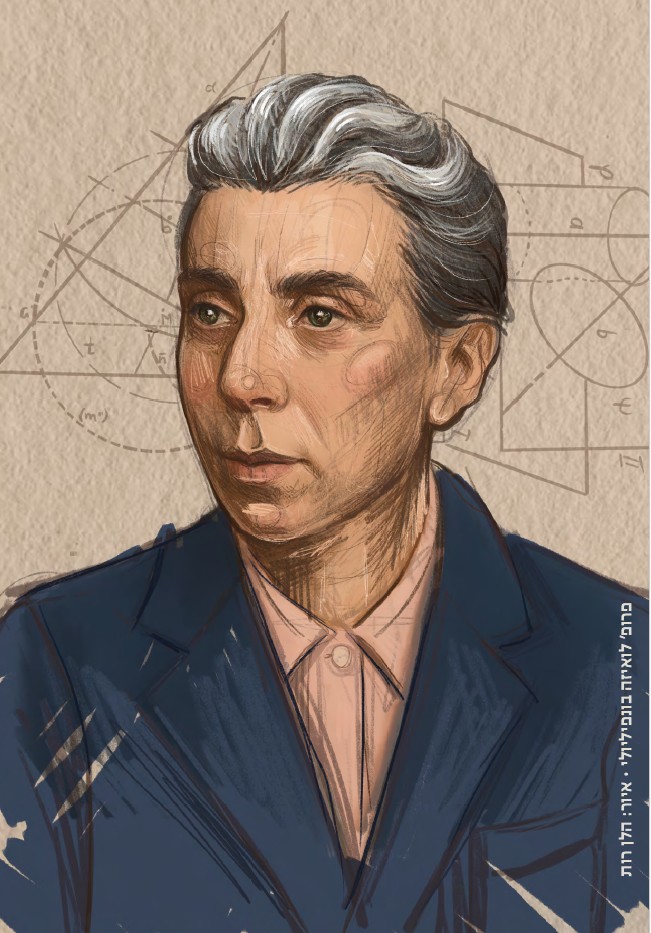שעווה במקום הדברה מוגזמת
טכנולוגיה חלוצית לציפוי צמחים בשכבת שעווה דקה צפויה לצמצם בשיעור דרמטי את השימוש החקלאי בחומרי הדברה

טכנולוגיה חלוצית לציפוי צמחים בשכבת שעווה דקה צפויה לצמצם בשיעור דרמטי את השימוש החקלאי בחומרי הדברה

המעבדה הפועלת בפקולטה להנדסת חשמל ומחשבים ע"ש ויטרבי, חודשה בתמיכת החברות Apple, Intel ו-NVIDIA

לינוי גבע, אלופת עולם בגלישת רוח, לומדת כיום בתוכנית המצוינות "לפידים" בטכניון

חוקרים בפקולטה לביולוגיה בטכניון גילו כי מנגנון המסייע בפירוק חלבונים רעילים, ומעורב בהתפתחות אלצהיימר, עלול להפיץ אותם לתאים שכנים וכך להוביל להתפשטות המחלה במוח

איך בונים ושומרים על זוגיות יציבה בעולם משתנה?
07.01.2026 רביעי, בשעה 14:00
הוספה ליומן

יום פתוח בת"א לפקולטות המדעיות
13.01.2026 שלישי, בשעה 16:00
הוספה ליומן

טכניון על הבר - למידת מכונה בעולם האנושי
13.01.2026 שלישי, בשעה 20:00
הוספה ליומן

מוסיקה מדע והשראה | עונה 4 - קוד הזכרון
14.01.2026 רביעי, בשעה 12:30
הוספה ליומן

מפגש מתעניינים ב-ZOOM לפקולטה למדעי המחשב
15.01.2026 חמישי, בשעה 18:00
הוספה ליומן

תערוכת "מראות מקום"
30.11.2025 ראשון, בשעה 09:00
הוספה ליומן

תערוכת הצילום "טבע בקמפוס"
16.07.2025 רביעי, בשעה 09:00
הוספה ליומן
100000
בוגרים
18
פקולטות
15000
סטודנטים
60
מרכזי מחקר
ברחבי הקמפוס